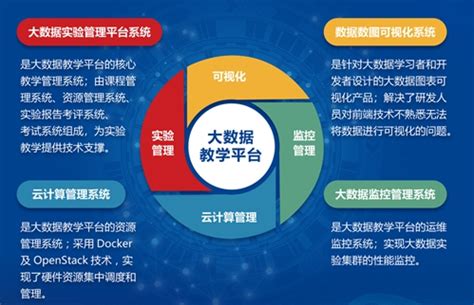```html
Big Data Technology: A Comprehensive Overview
Big data technology has emerged as a pivotal force driving innovation and transformation across various industries. In this paper, we delve into the intricacies of big data technology, exploring its fundamental concepts, key components, applications, challenges, and future prospects.
At its core, big data refers to large volumes of structured, semistructured, and unstructured data that inundate organizations on a daily basis. This data originates from diverse sources such as social media, sensors, mobile devices, and enterprise systems. The volume, velocity, and variety of this data necessitate advanced technologies for storage, processing, and analysis.
Big data technology encompasses a suite of tools and frameworks designed to handle the unique challenges posed by massive datasets. Some key components include:

- Distributed File Systems: Technologies like Hadoop Distributed File System (HDFS) enable distributed storage of data across multiple nodes in a cluster, ensuring scalability and fault tolerance.
- Processing Frameworks: Frameworks such as Apache Spark and Apache Flink facilitate parallel processing of largescale data, enabling rapid analysis and computation.
- NoSQL Databases: NoSQL databases like MongoDB and Cassandra are optimized for handling unstructured and semistructured data, providing flexibility and scalability for diverse data types.
- Data Warehousing: Technologies such as Amazon Redshift and Google BigQuery enable the storage and analysis of structured data, supporting complex queries and reporting.
The versatility of big data technology enables its application across various domains, including:
- Healthcare: Analyzing electronic health records and medical imaging data to improve patient care and treatment outcomes.
- Retail: Utilizing customer purchase history and demographic data for targeted marketing and personalized recommendations.
- Finance: Detecting fraudulent activities through realtime analysis of transaction data and user behavior patterns.
- Manufacturing: Employing sensor data and predictive analytics to optimize production processes and minimize downtime.
Despite its potential, big data technology faces several challenges, including:
- Privacy and Security: Safeguarding sensitive data against unauthorized access and ensuring compliance with data protection regulations.
- Scalability: Managing the exponential growth of data volumes while maintaining performance and reliability.
- Data Quality: Ensuring the accuracy, completeness, and consistency of data to derive meaningful insights.
- Skills Gap: Addressing the shortage of skilled professionals with expertise in big data technologies and data science.
Looking ahead, big data technology is poised to continue its trajectory of innovation and impact. Emerging trends such as edge computing, machine learning, and realtime analytics will further enhance the capabilities of big data systems, unlocking new opportunities for businesses and society as a whole.
In conclusion, big data technology represents a paradigm shift in the way organizations capture, store, process, and analyze data. By harnessing the power of big data, enterprises can gain valuable insights, drive informed decisionmaking, and stay competitive in today's datadriven world.

